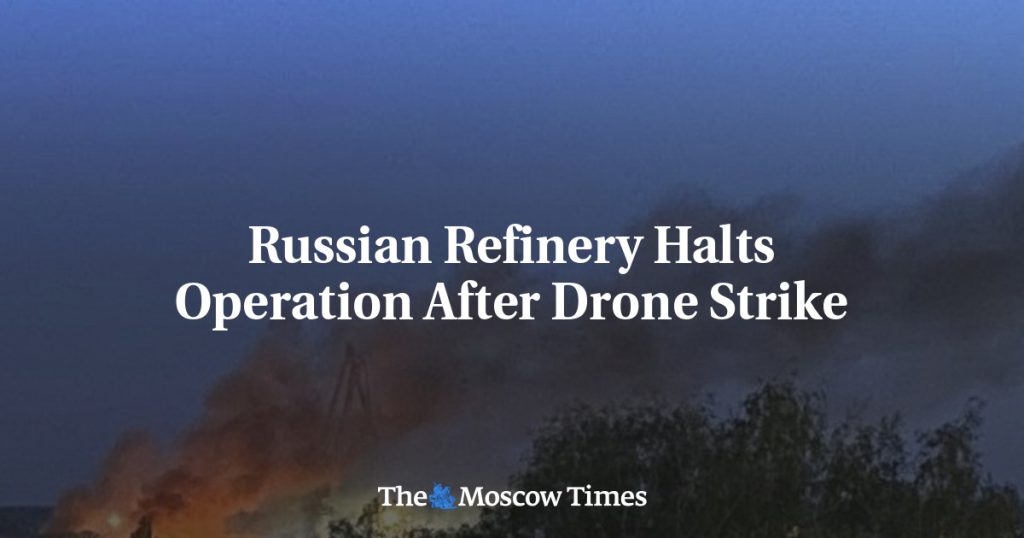In response to Russia’s invasion, Ukraine has been escalating attacks inside Russian territory, focusing on energy sites in particular. In a recent incident, a Ukrainian drone attack forced an oil refinery in Russia’s southern Krasnodar region to suspend operations. The Slavyansk-on-Kuban refinery, one of the largest in southern Russia, was targeted by six drones during the night. The plant is currently at a standstill as authorities assess the damage caused by the attack. This marks the second attack on the refinery and the Kushchyovsky military airfield by Ukrainian forces in recent weeks, according to a Ukrainian defense source.
Russian air defense intercepted 57 Ukrainian drones on Saturday night, with nine ATACMS tactical missiles and one drone being shot down over Crimea. The peninsula, annexed by Russia in 2014, has been a frequent target of Ukrainian air attacks. In addition, Ukrainian forces targeted the Russian border region of Belgorod, according to regional governor Vyacheslav Gladkov. These incidents highlight the intensifying conflict between Ukraine and Russia, with each side launching attacks on the other’s territory with increasing frequency.
The drone attack on the oil refinery in the Krasnodar region underscores Ukraine’s ability to strike deep into Russian territory despite facing ongoing military aggression from Russian forces. The use of drones allows Ukrainian forces to target strategic sites such as energy facilities and military installations, posing a significant threat to Russian infrastructure. As the conflict continues to escalate, both sides are resorting to unconventional tactics to gain an advantage and weaken their opponent’s capabilities.
The Russian defense ministry reported that Ukrainian air attacks have been met with effective countermeasures, with multiple drones and missiles being intercepted by Russian air defenses. The successful interception of drones and missiles demonstrates Russia’s ability to protect its airspace and assets from Ukrainian incursions. However, the growing frequency of attacks and the increasing sophistication of Ukrainian drone technology pose a challenge to Russian defenses, requiring constant vigilance and readiness to respond to potential threats.
The ongoing conflict between Ukraine and Russia has resulted in a complex and volatile situation in the region, with both sides engaging in a cycle of attacks and counterattacks. The use of unmanned aerial vehicles (UAVs) by Ukrainian forces has added a new dimension to the conflict, allowing for precision strikes on key targets deep within Russian territory. The escalation of hostilities poses a threat to regional stability and security, with the potential for further escalation and broader implications for the international community.
As the conflict between Ukraine and Russia shows no signs of abating, the use of drones and other advanced military technology is likely to play an increasingly significant role in the ongoing hostilities. The ability of both sides to target critical infrastructure and military installations using unmanned aerial vehicles highlights the evolving nature of modern warfare and the challenges posed by asymmetric warfare tactics. The international community faces a growing dilemma in how to respond to the escalating conflict and prevent further destabilization in the region, as the conflict continues to shift and evolve in unpredictable ways.


